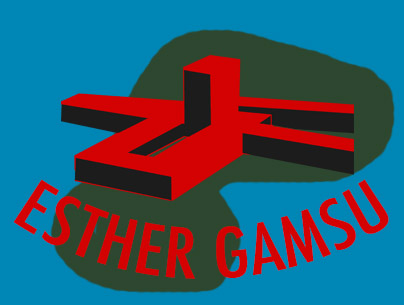
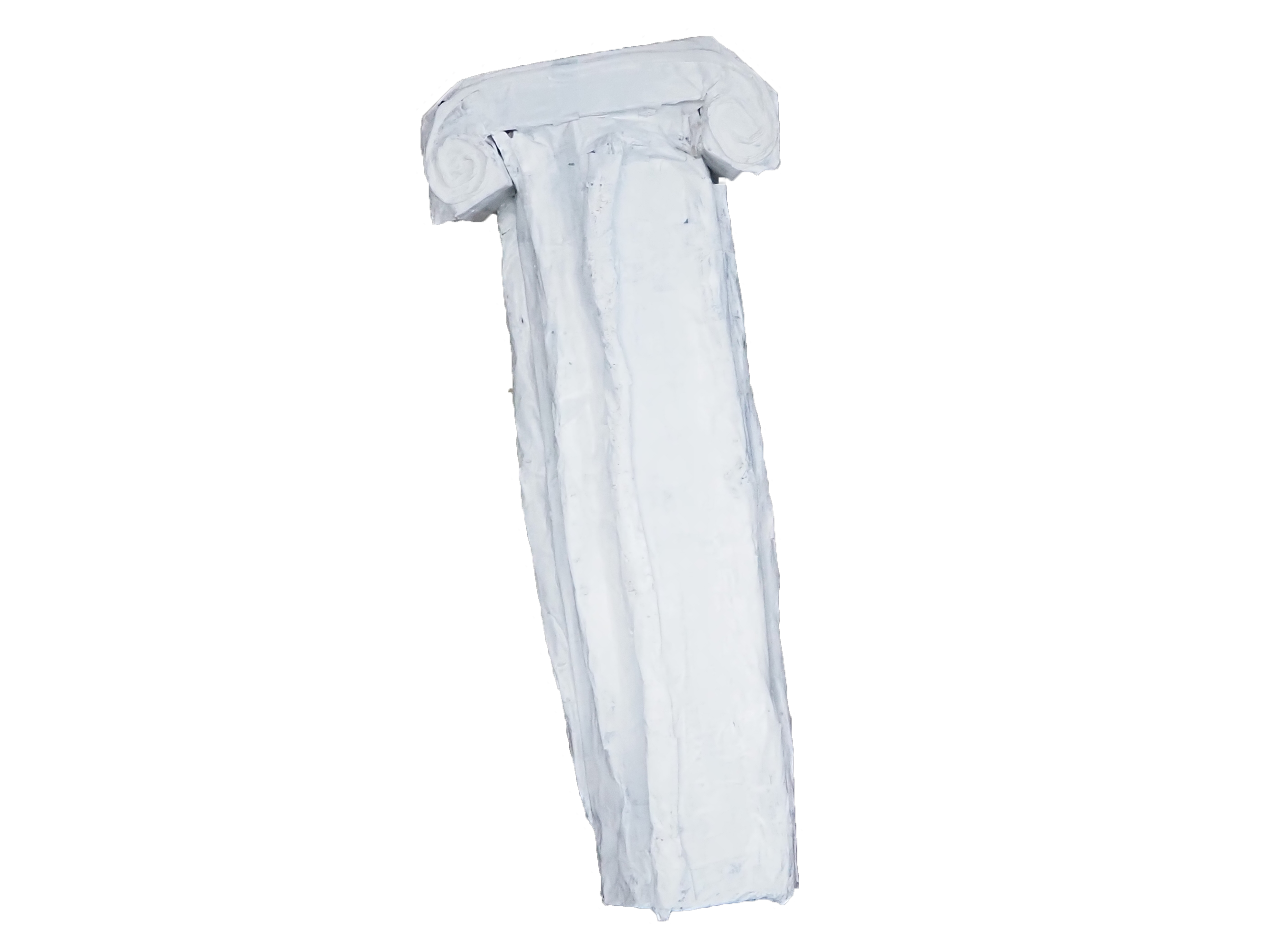
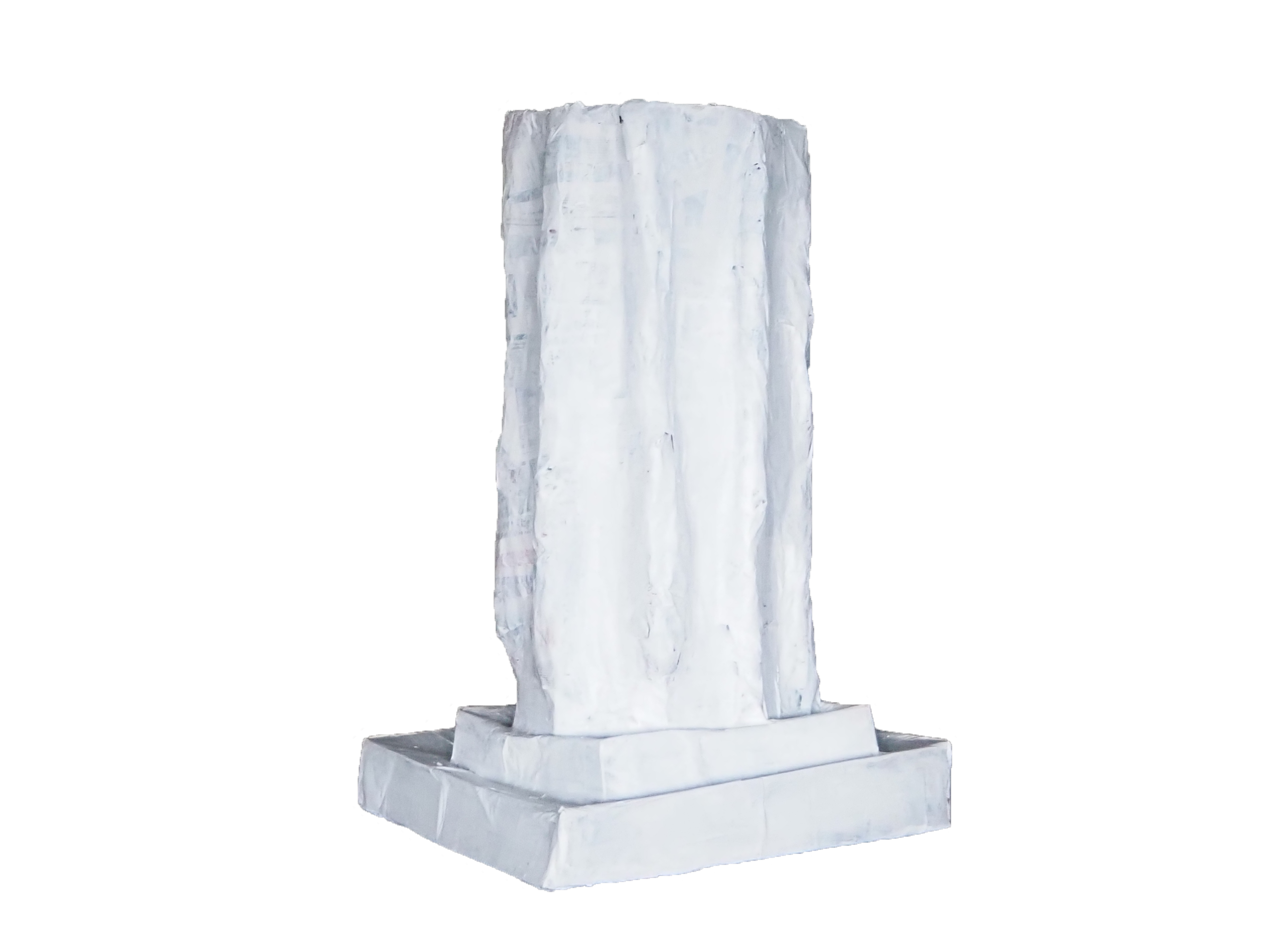
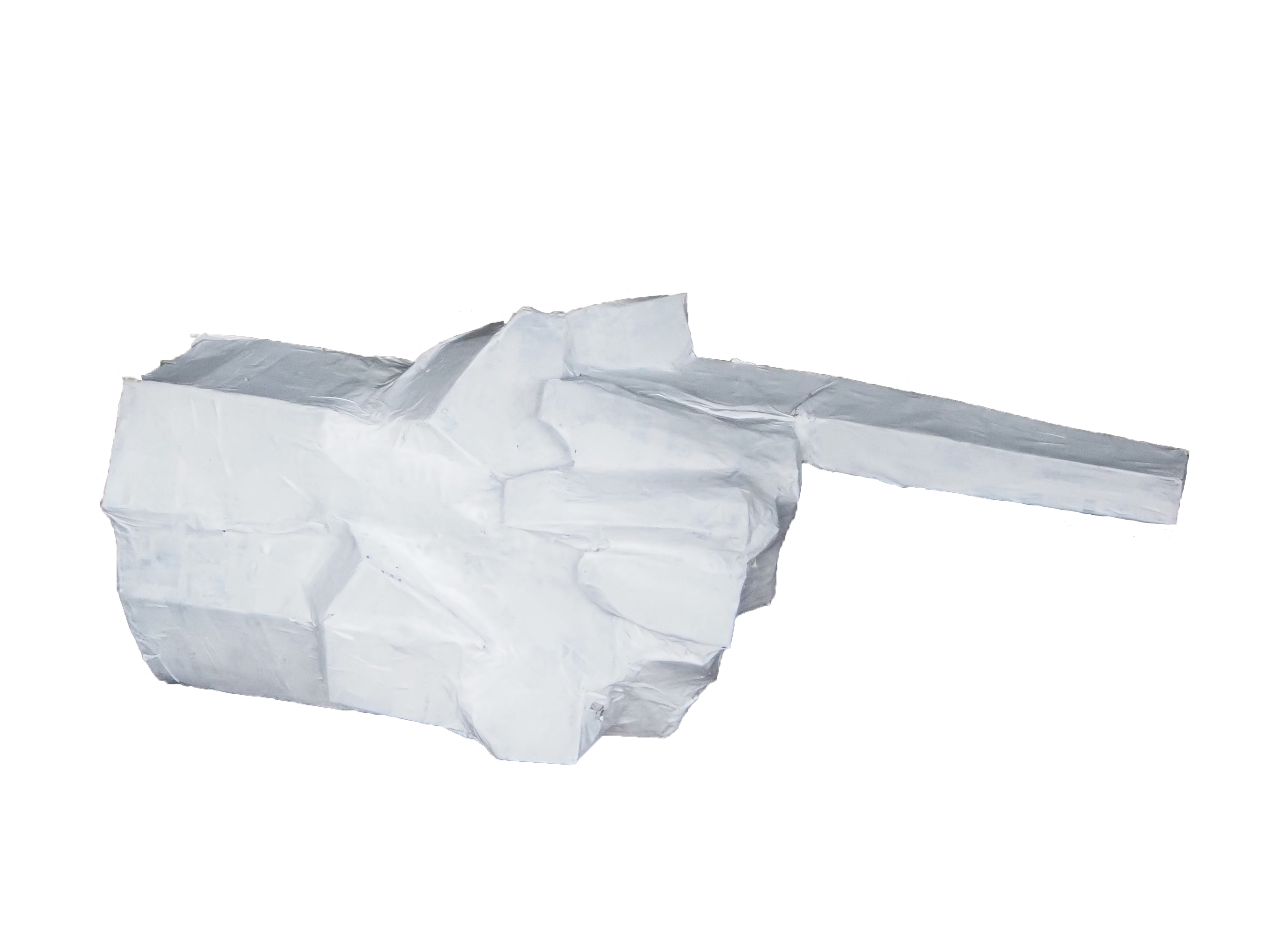
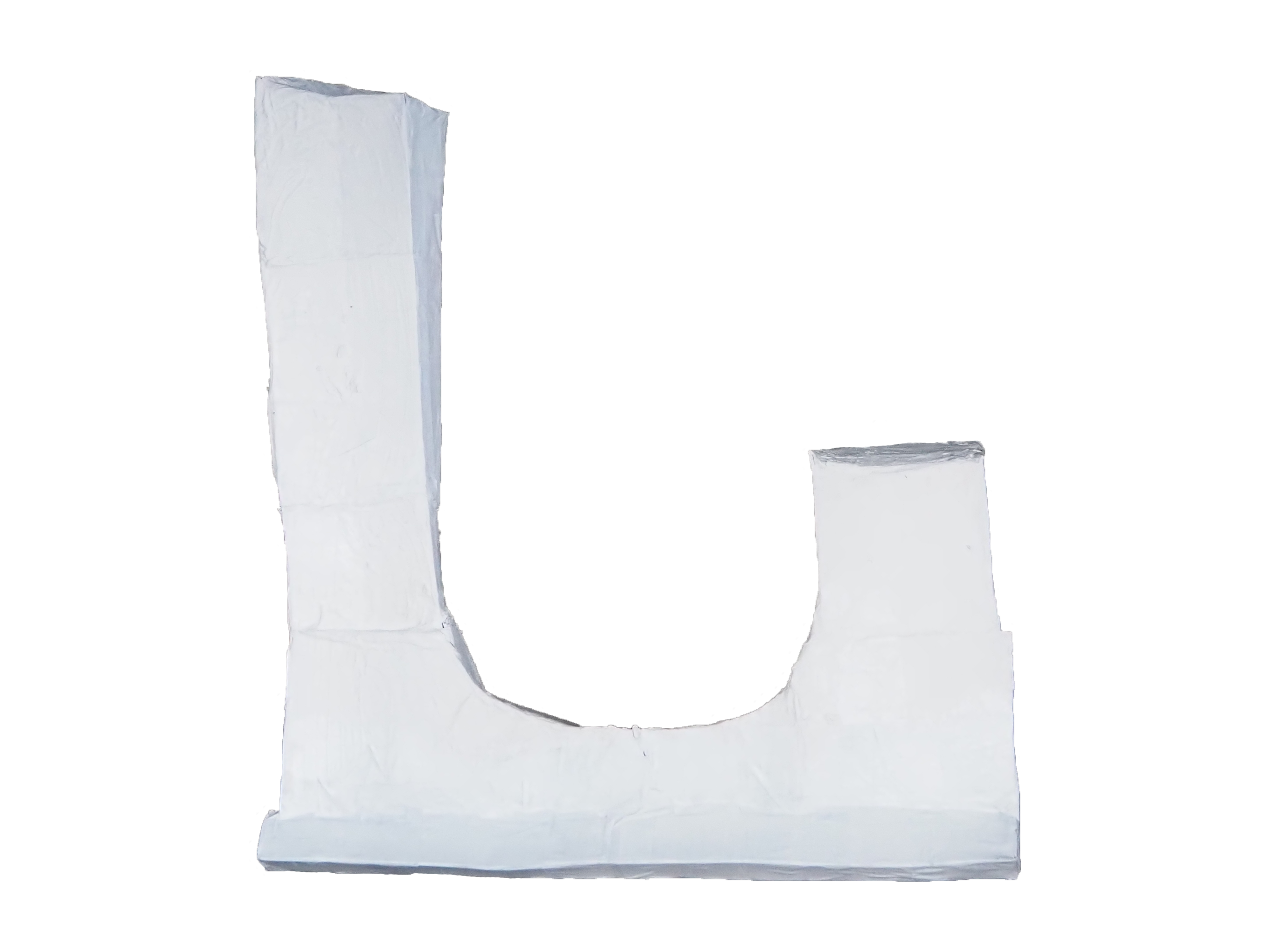
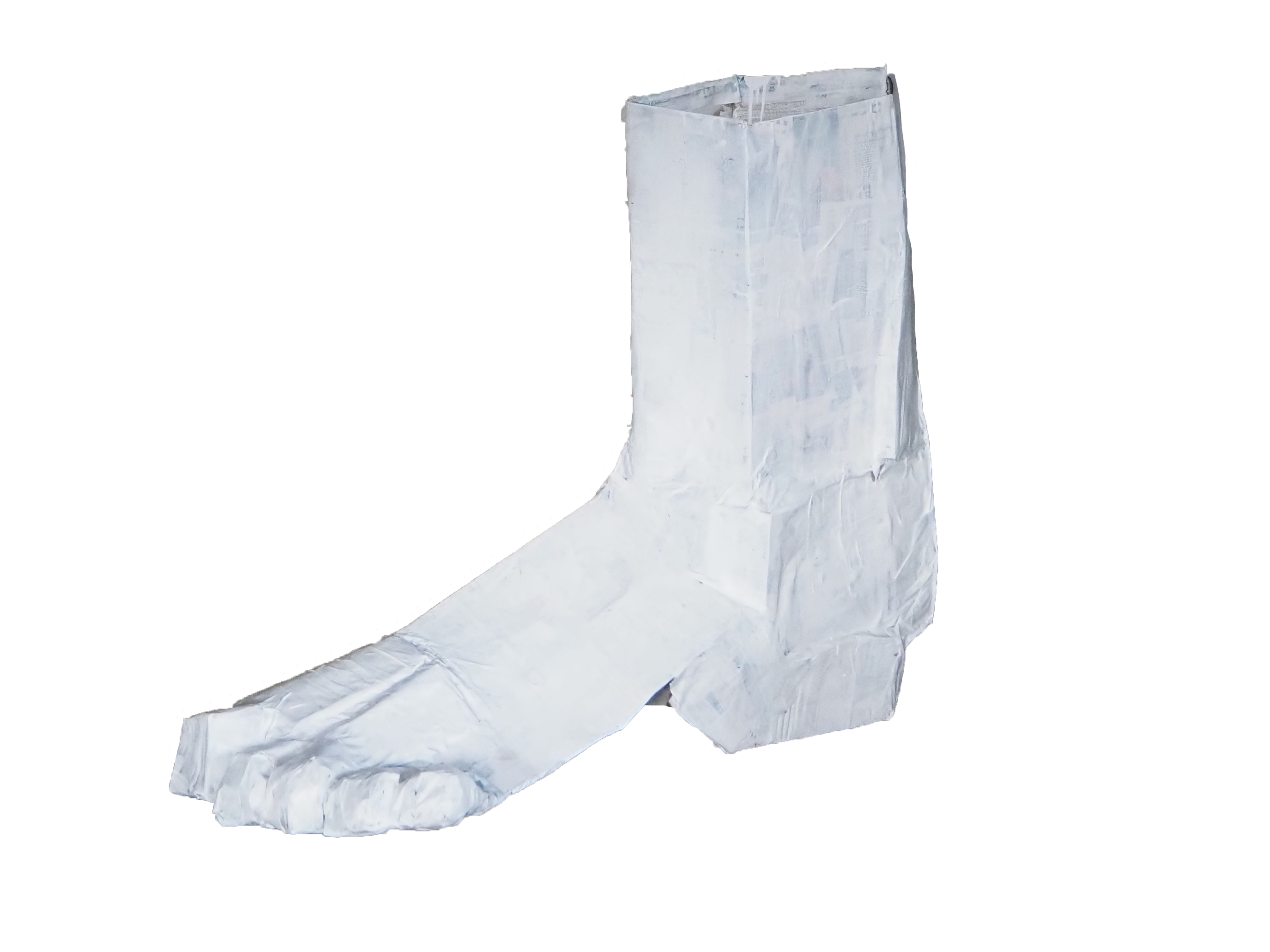
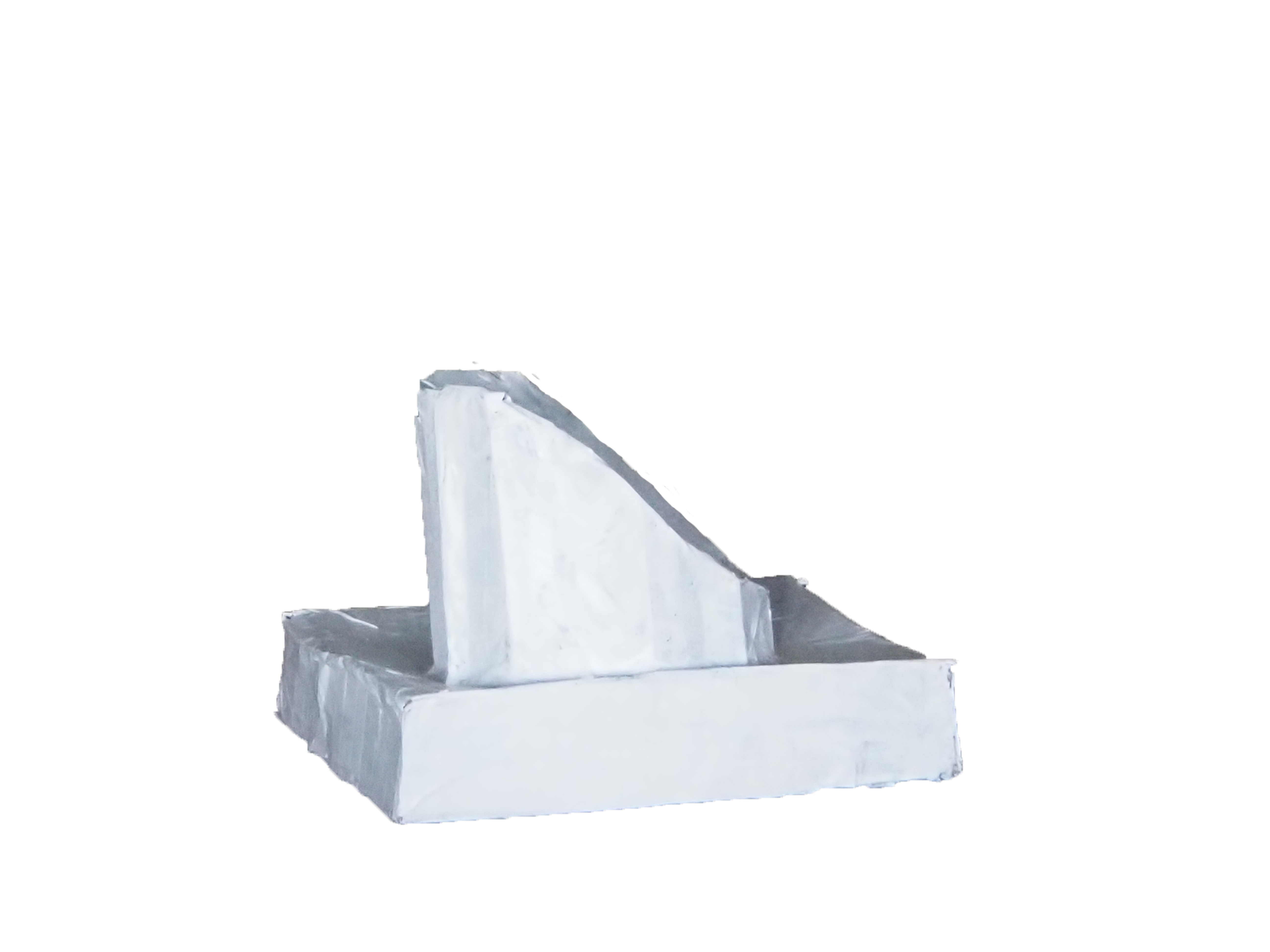

During the Black Lives Matter protests last year, people came together to question the value and meaning of public sculpture in this country. So many of our monuments have been selected by the elite, stand high on unreachable podiums and honour people who have committed past atrocities.
In toppling these statues and sculptures, the public has started a movement to reclaim and transform public space, to better serve our communities. As places for leisure and fun, but also as important spaces for protest and learning.
Taking inspiration from ancient ruins and toppled statues, I propose a series of sculptures that form a ‘ruin playground’. Eroded and broken monuments that act as adaptable sculptures to be used by the public as tools to reclaim public space. The sculptures act at once as a playground, a stage, a seat, a picnic spot, a place to collaborate, learn and play.
The comical oversized ruins create a humorous spectacle, encouraging us to explore how we can learn from the past to shape our futures, and consider what we want from our public spaces.
As an artist, I’m still learning and exploring how we can use public sculpture as a transformative tool for change in our built environments. Key to creating change and reclaiming public spaces is to listen to the needs and wants of our diverse communities.
I believe it isn’t just up to artists, councils and commissioners to choose how our public spaces should be.
On this note, I would love to open the floor to you, the public.
What do you use public space for?
How would you transform and reclaim your local public spaces?
If you could create a public sculpture what would it be? A playground? A seat? A celebration of someone important to you?
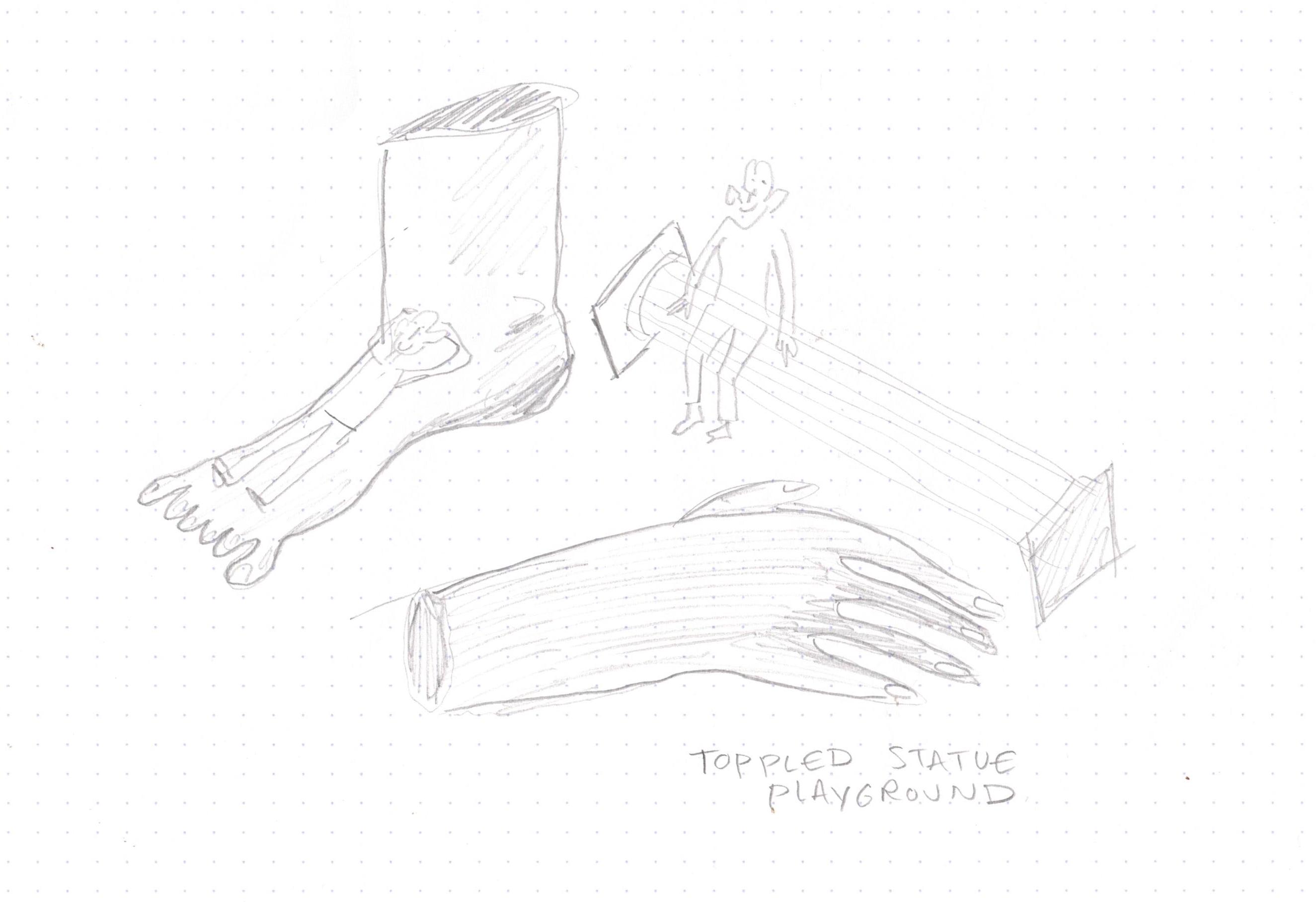
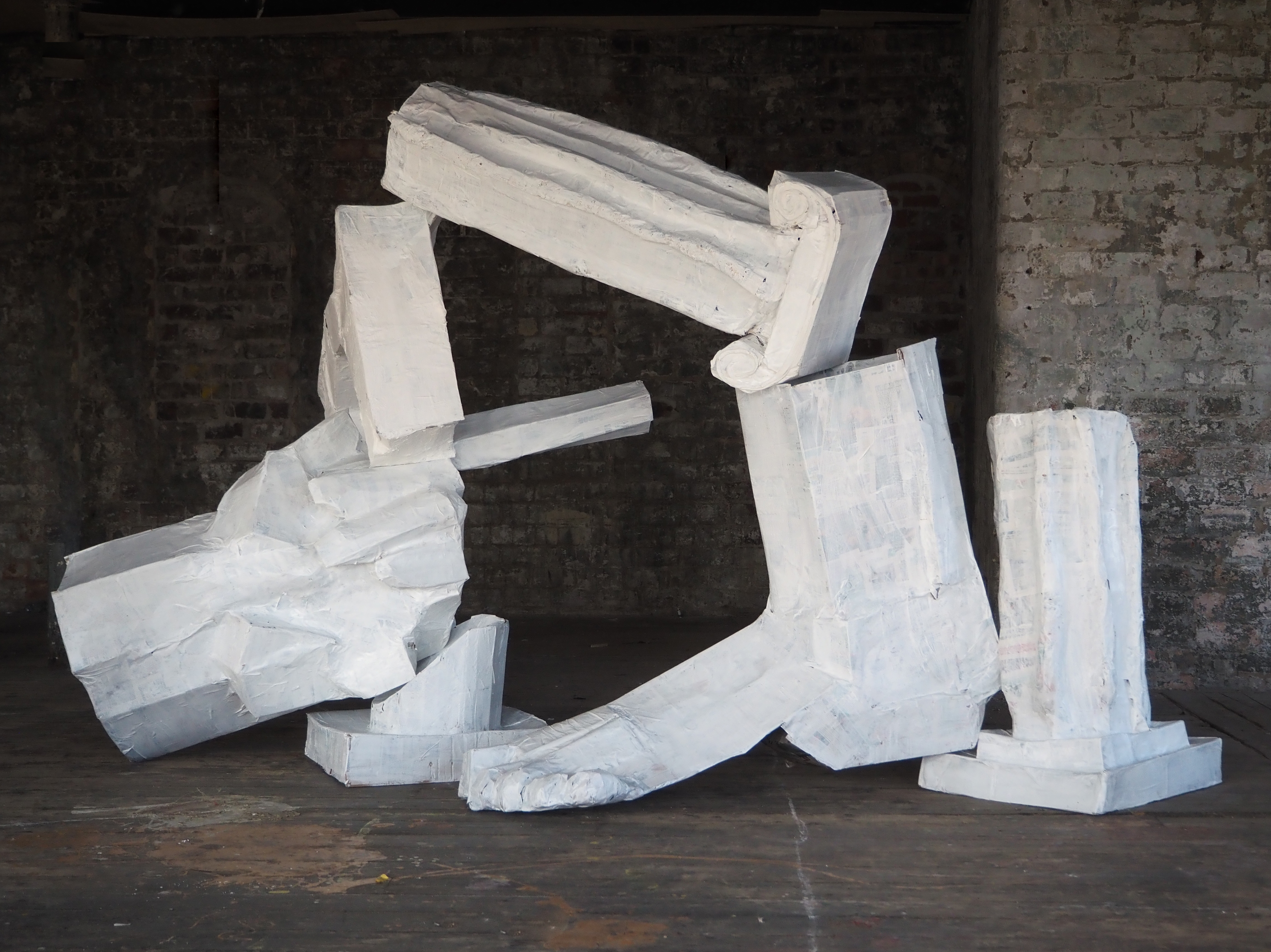
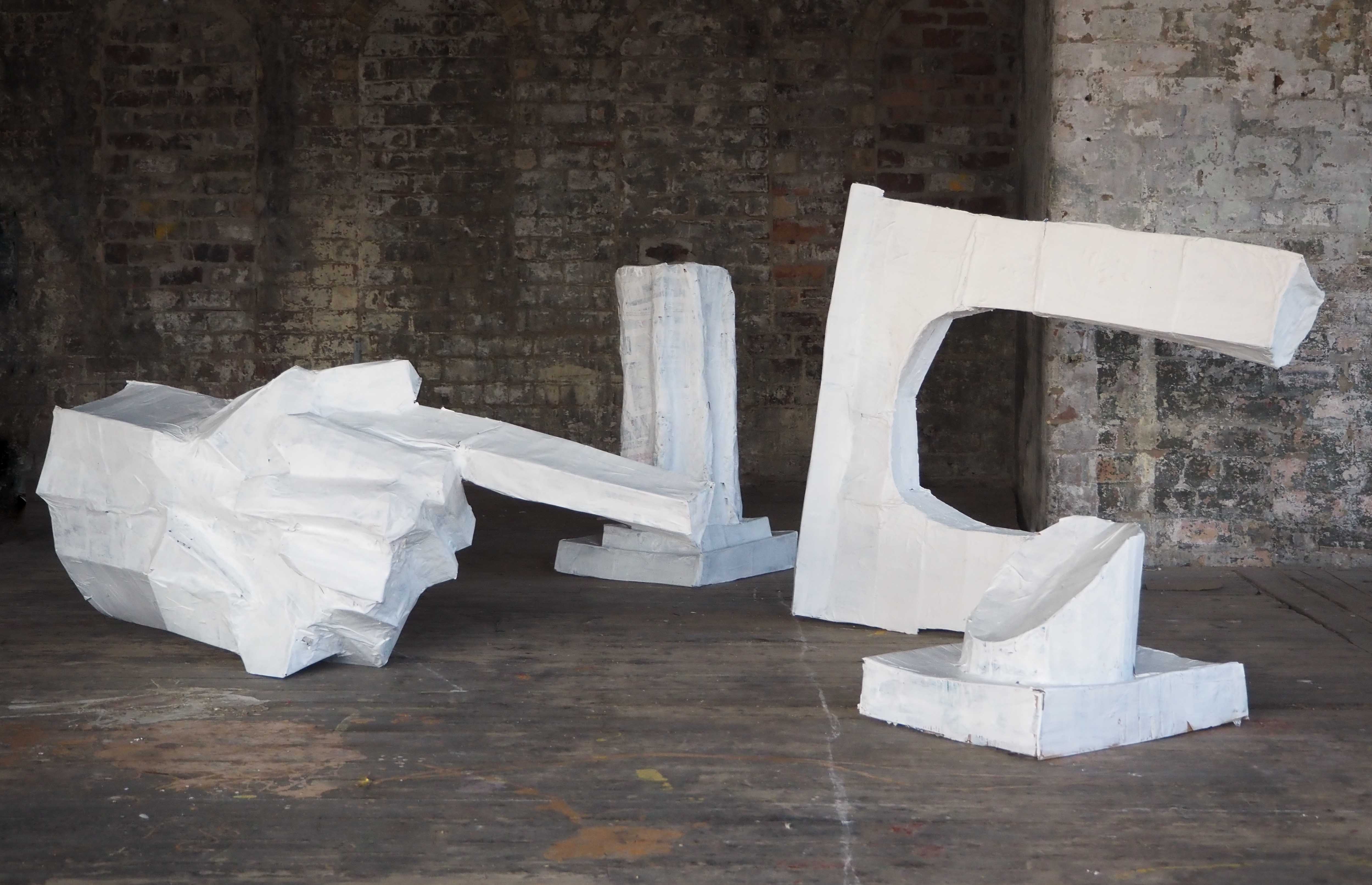
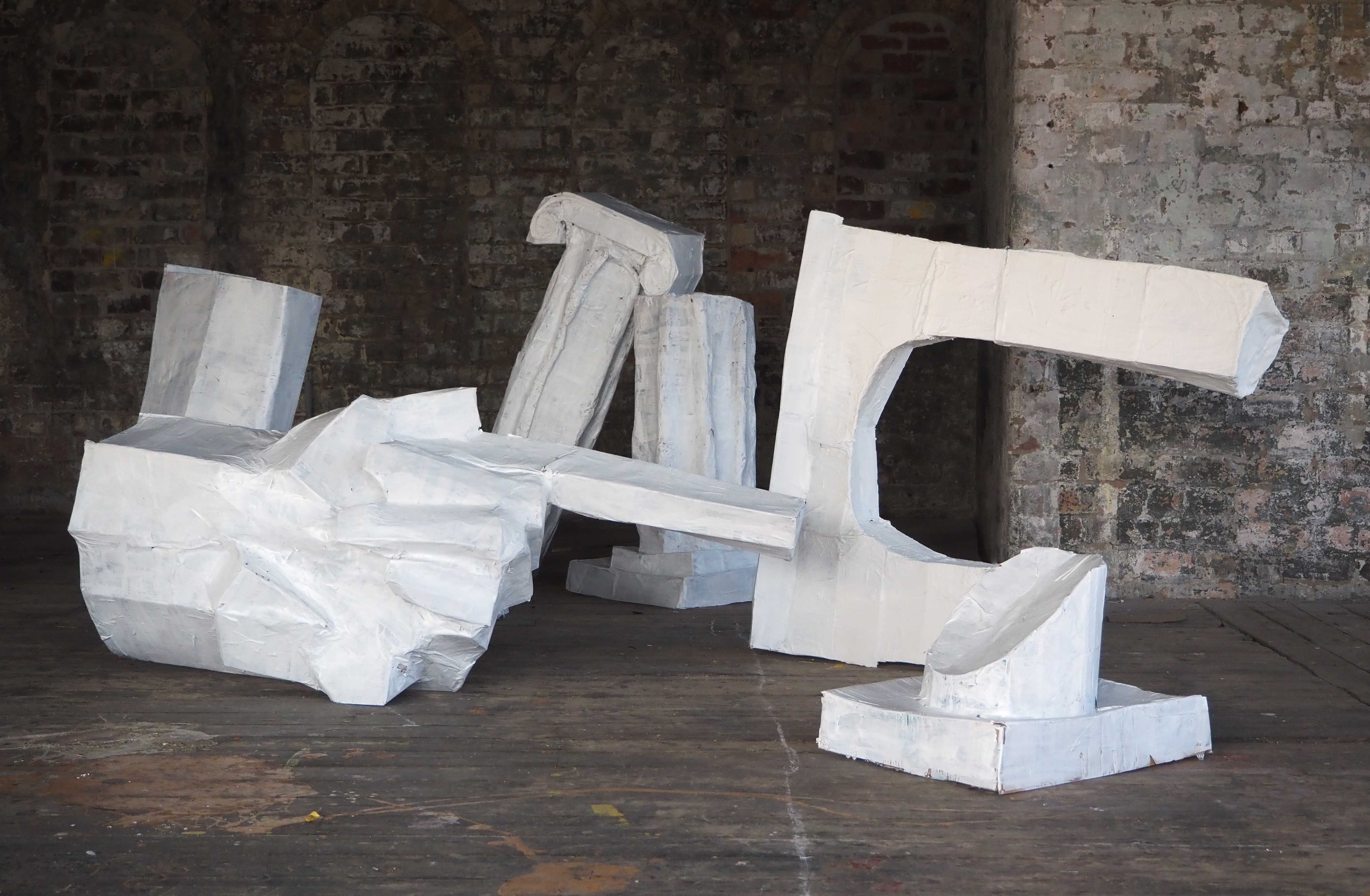
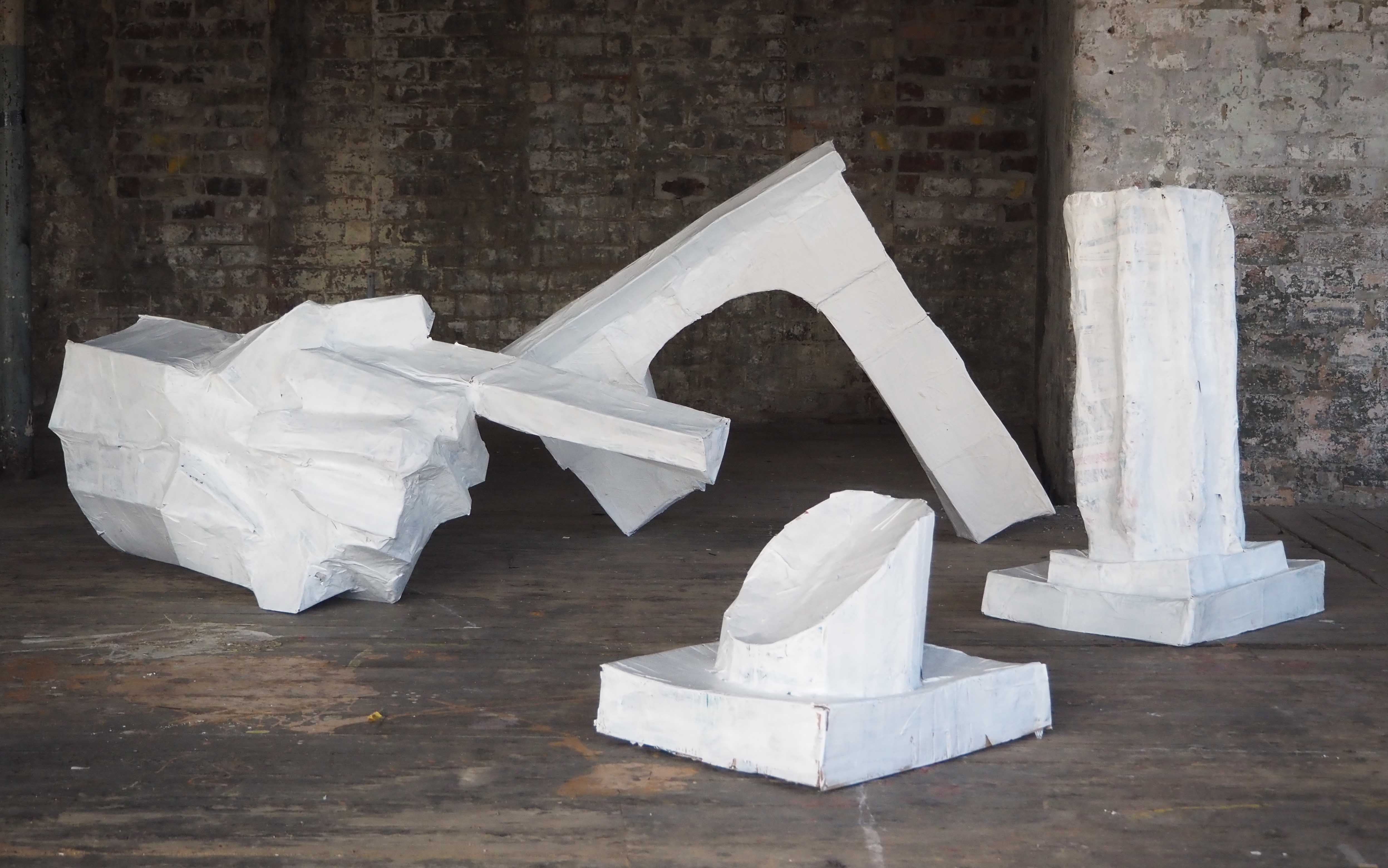
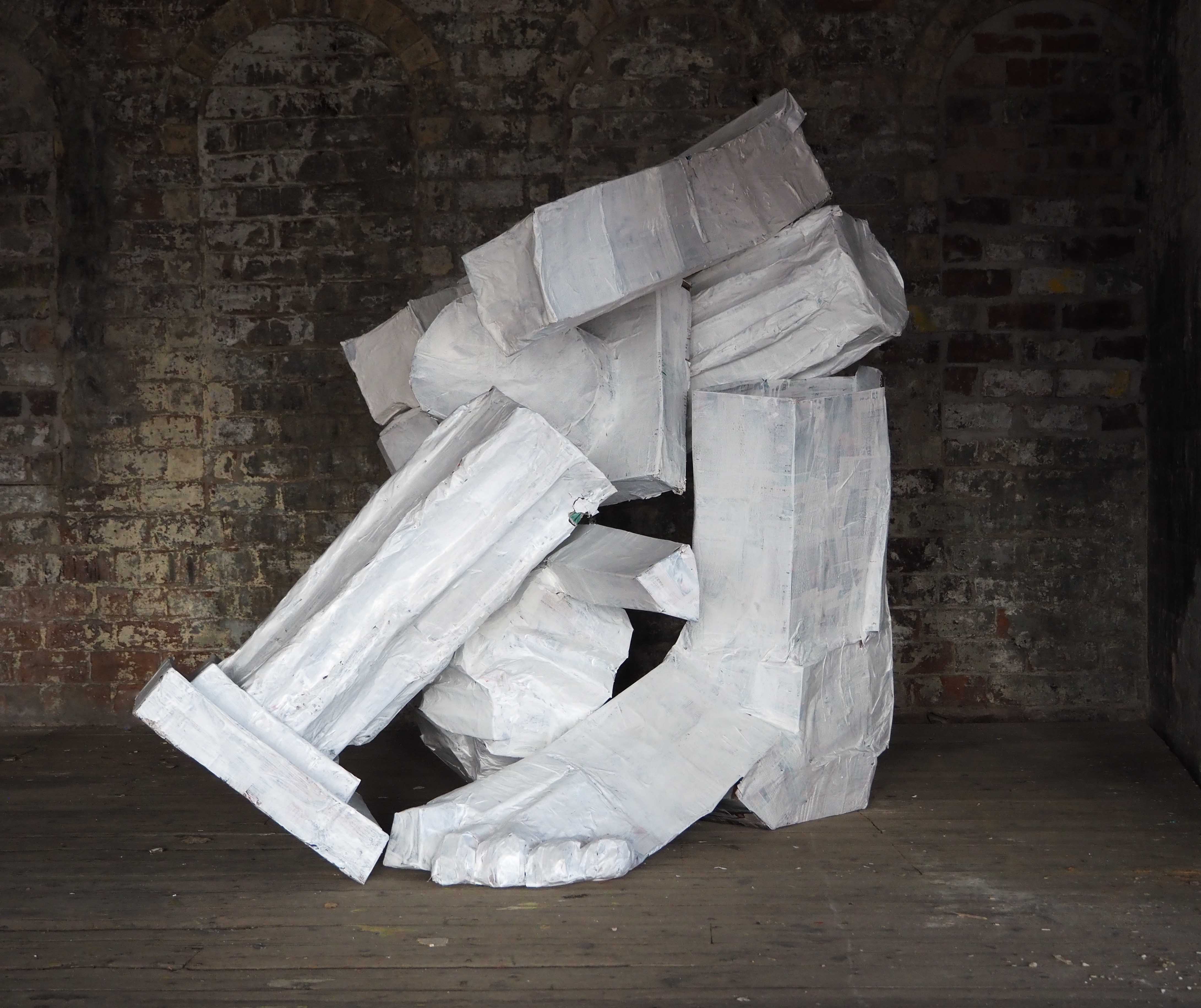
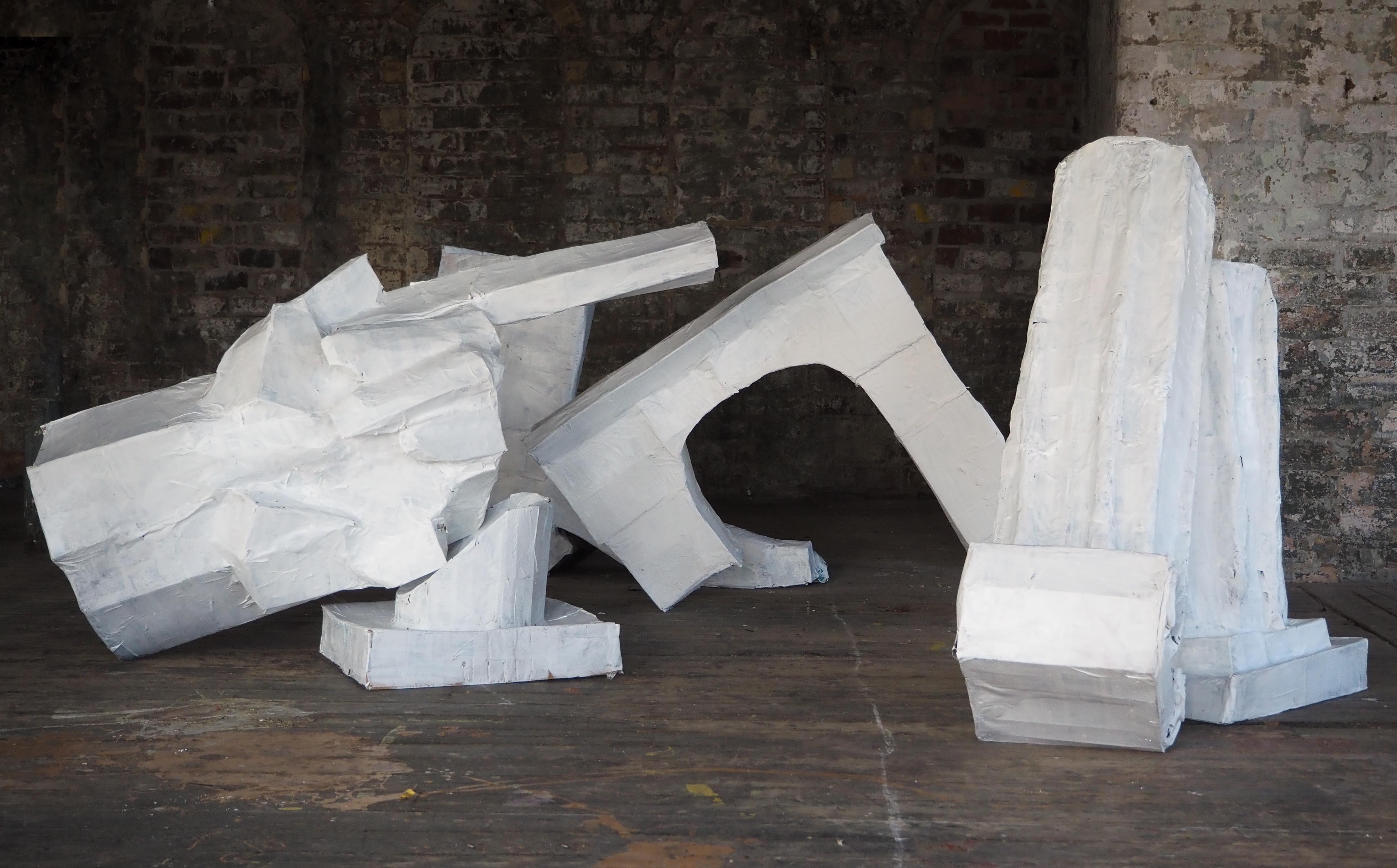
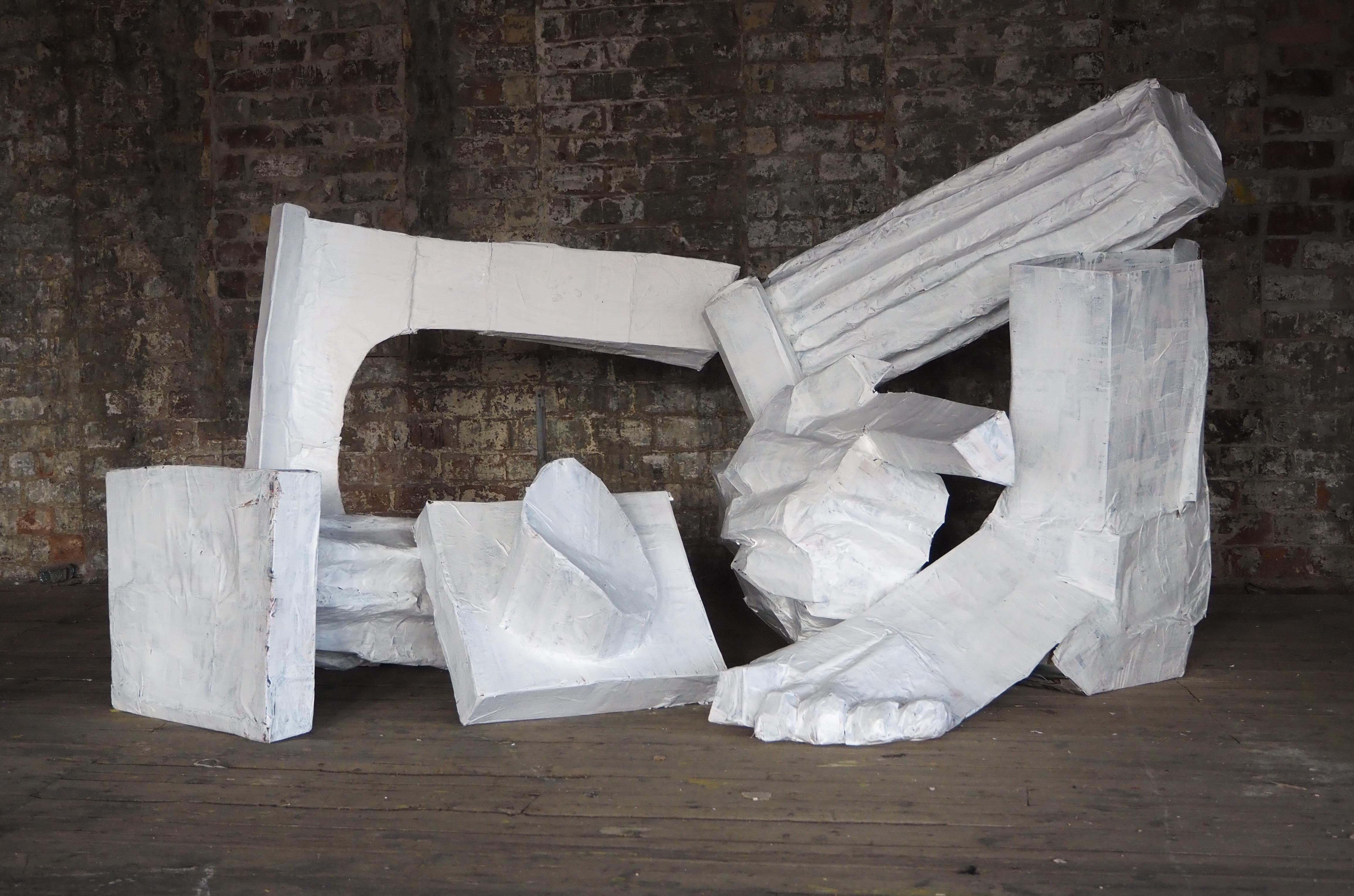
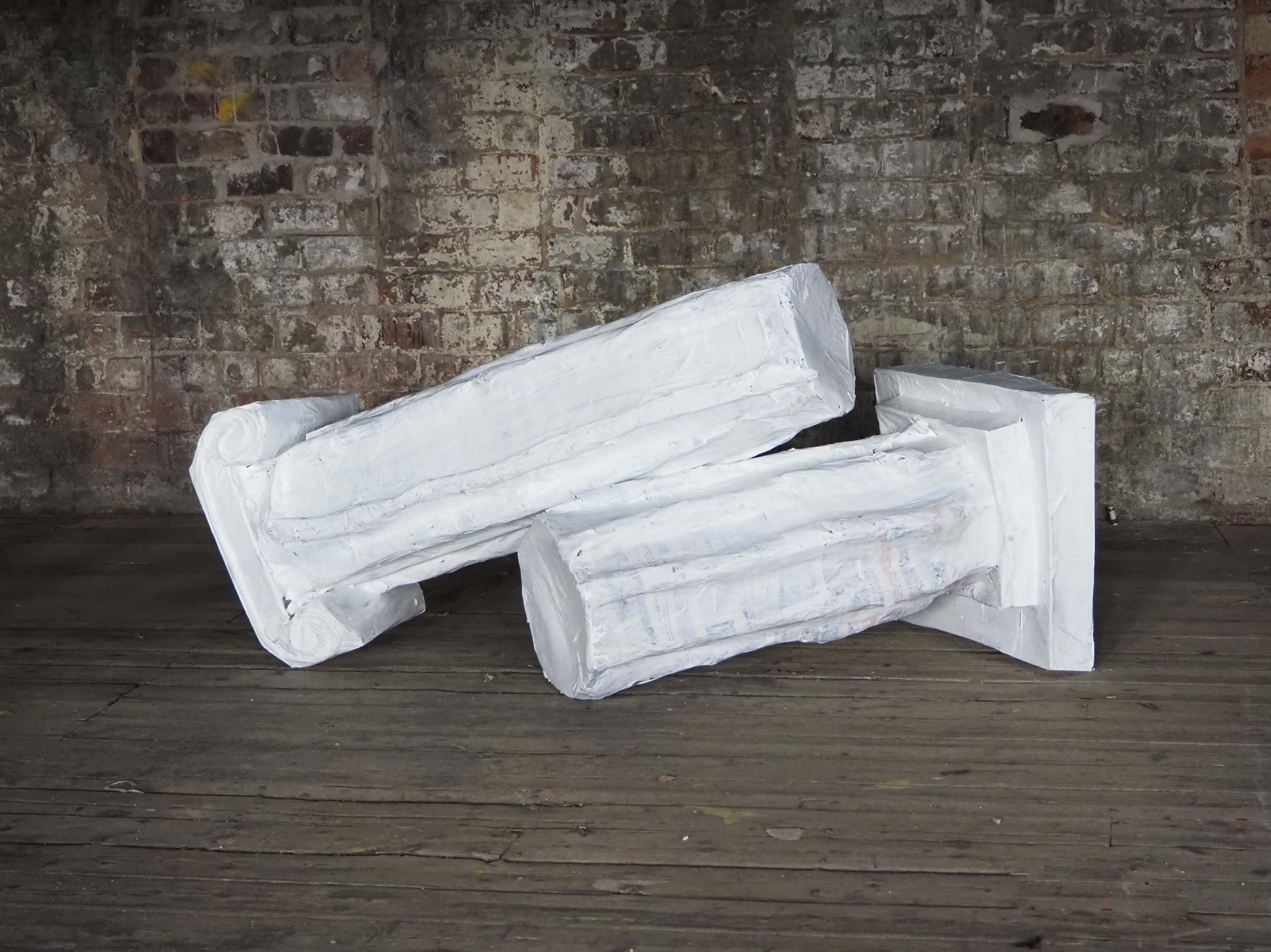
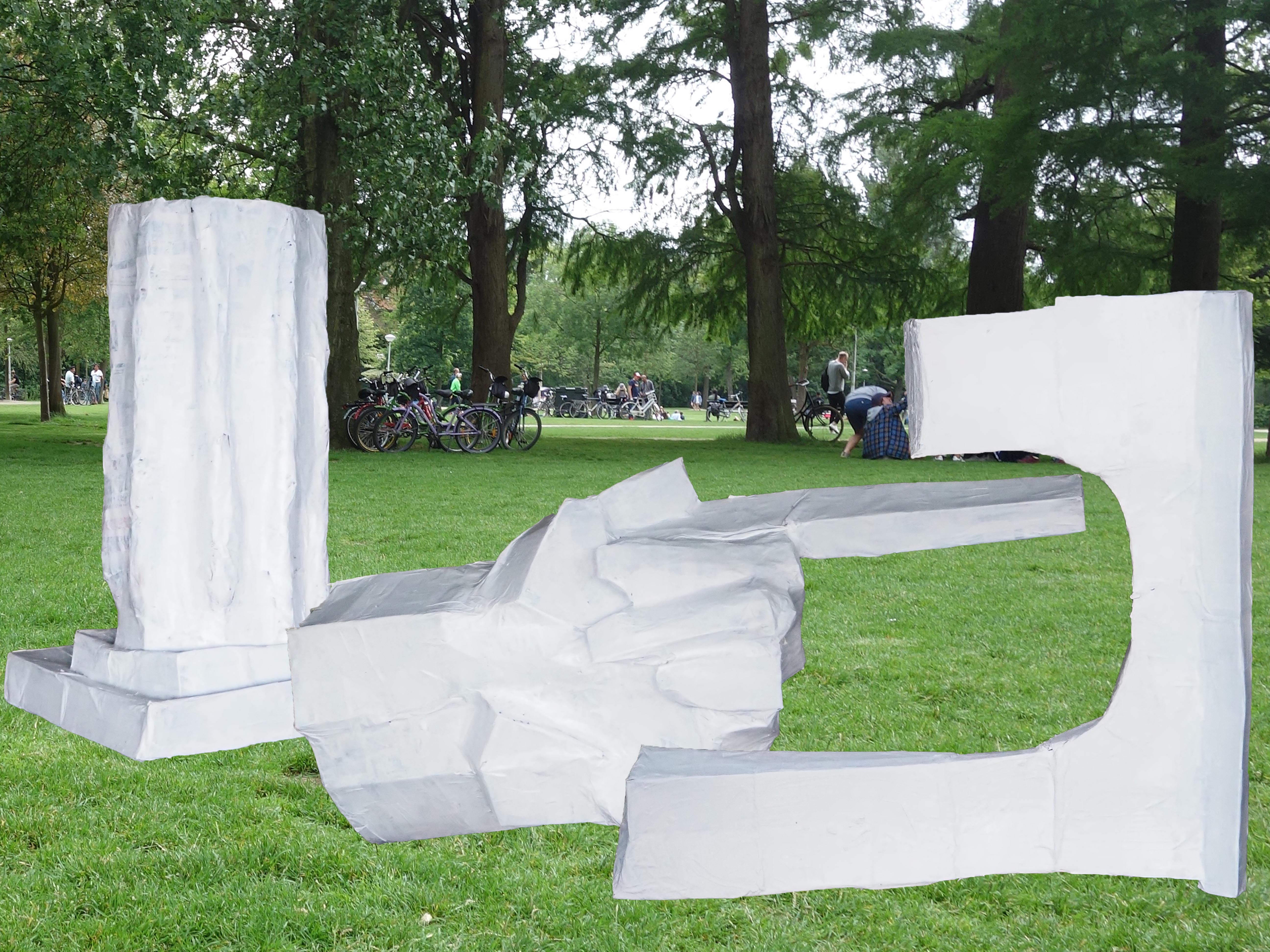
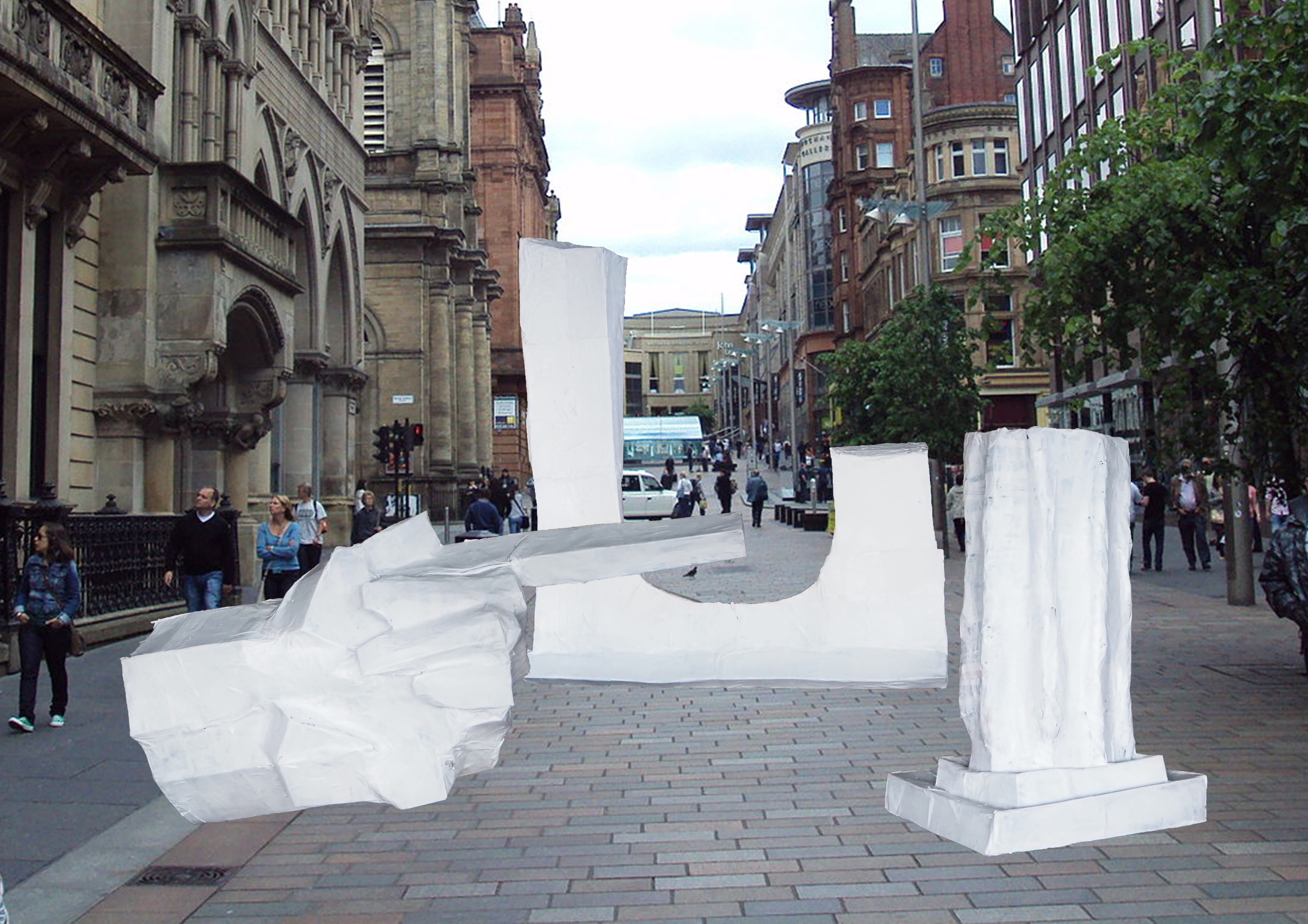
Esther Gamsu is an artist based in Glasgow. Working with film and sculpture, she uses humour as a communicational tool to explore how we build our identities by borrowing from the world around us.
Drawing on personal experience and memory - her childhood fear of Michael Jackson, swimming at the public pool with her dad as a child, watching Tracey Beaker on a Monday morning before school - her work aims to seek out and explore shared identities and experiences with her works audience.
Her interest in public art began during a University exchange semester in Shenyang, China. Whilst there she observed a totally different attitude to public space; with dance classes, band practise and group exercise taking over public parks, squares and even shopping malls. The way people were reclaiming public space to meet their own needs and learn together felt revolutionary and led the artist to question how public art could be used as a tool to challenge and transform public spaces back home in the UK. Esther’s the creator of @public_art_archive - an open archive documenting art in cities around the UK.



